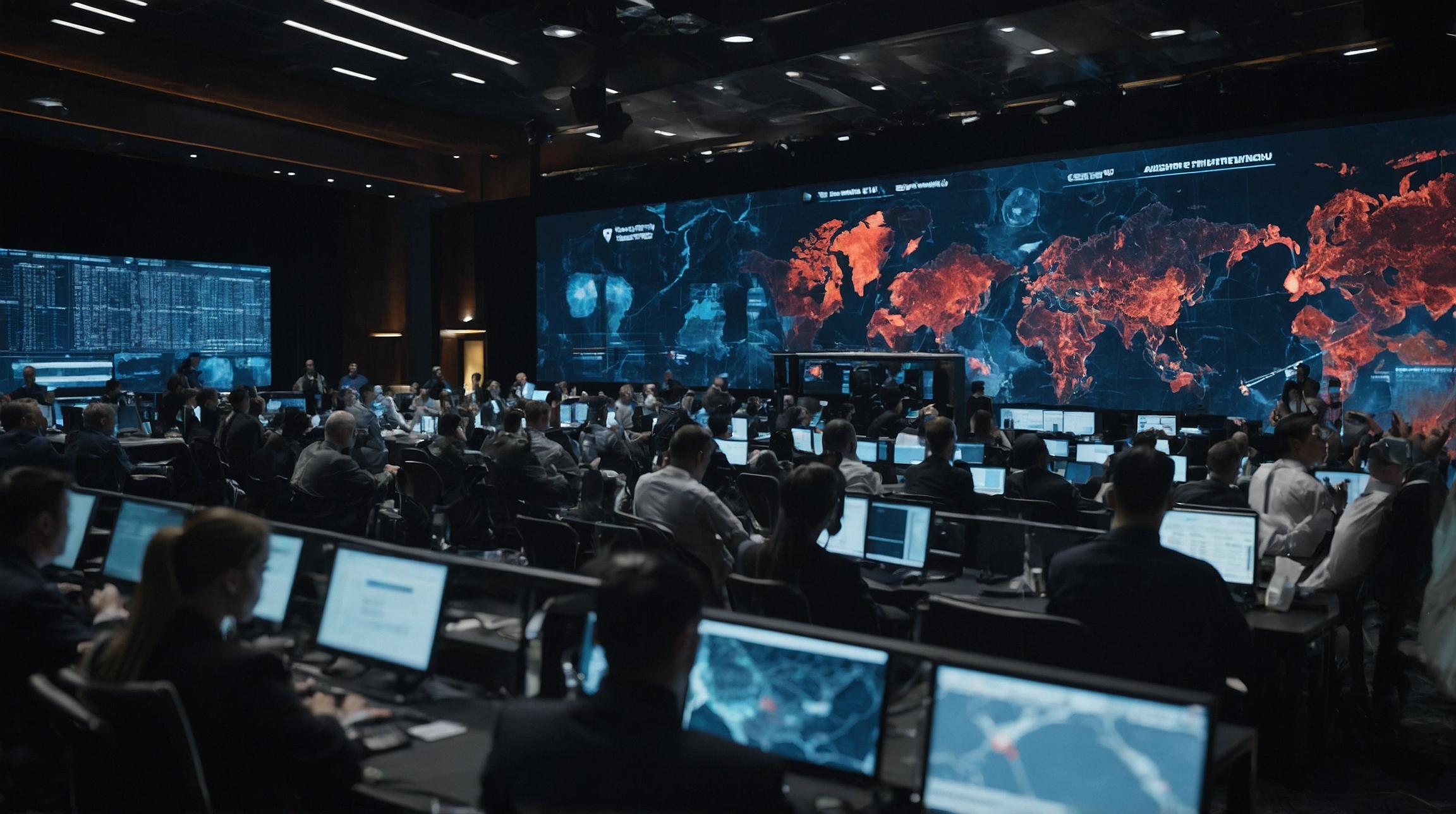Artificial Intelligence: A Game-Changer in Wildlife Protection
The utilization of artificial intelligence (AI) has proven to be beneficial in various fields, and now it’s making waves in wildlife protection efforts too. According to a lead advisor to the United Nations, AI can greatly benefit researchers and environmental groups in safeguarding wildlife and their habitats. With technology already being used to track wildlife populations, the integration of AI seems like a natural progression that could provide an extra boost to conservation efforts.
The Bear-dar System: AI’s Contribution to Wildlife Protection
A prominent example of AI’s role in wildlife protection can be seen in the ongoing training of the Bear-dar system in Churchill, Man. Designed by Polar Bears International (PBI), Bear-dar is an AI-trained radar system that aims to detect polar bears and warn nearby communities. By constantly monitoring the surroundings and recognizing polar bears, residents can be alerted in time to take appropriate measures to ensure the safety of both humans and animals.
The United Nations’ Artificial Intelligence Advisory Body
In 2023, the United Nations established the Artificial Intelligence Advisory Body to address the risks, opportunities, and international governance of AI. Among its various initiatives is a focus on achieving the Sustainable Development Goals, which include the protection of life below water and on land. The UN recognizes the potential of AI in contributing towards these goals and is actively working towards harnessing its power for the benefit of the planet and its inhabitants.
Prevention as a Key Focus: Halting Illegal Poaching
Neil Sahota, the lead artificial intelligence advisor to the UN, highlights that a significant part of the body’s work so far has been centered around prevention efforts, particularly in combating illegal poaching. Through the application of AI, researchers and conservationists can develop advanced methods to identify and track potential poachers, ultimately deterring illegal wildlife trade and protecting vulnerable species.
These technological advancements not only serve as a deterrent but also enable authorities to respond promptly and effectively when illegal activities are detected. The integration of AI in wildlife protection strategies marks a significant step forward in ensuring the preservation of biodiversity and the well-being of our planet’s ecosystems.
In conclusion, the integration of artificial intelligence in wildlife protection efforts holds immense potential. From the development of AI-trained radar systems to combat wildlife-human conflicts, to using AI to detect and prevent illegal poaching, these advancements have the power to revolutionize conservation practices. As technology continues to evolve, researchers and environmental groups can leverage AI to better understand and mitigate threats to wildlife and their habitats, paving the way for a safer and more sustainable future for all beings on Earth.
Analyst comment
Positive news: The integration of artificial intelligence in wildlife protection efforts is seen as a game-changer. With the potential to revolutionize conservation practices, AI can help researchers and environmental groups better understand and mitigate threats to wildlife and their habitats. This will lead to a safer and more sustainable future for all beings on Earth.













